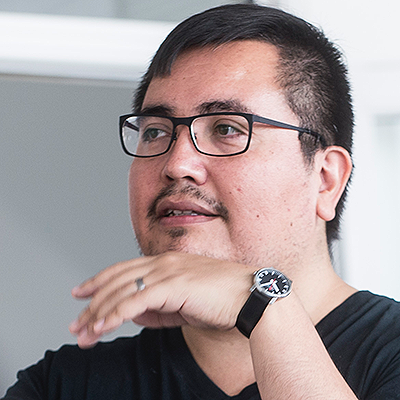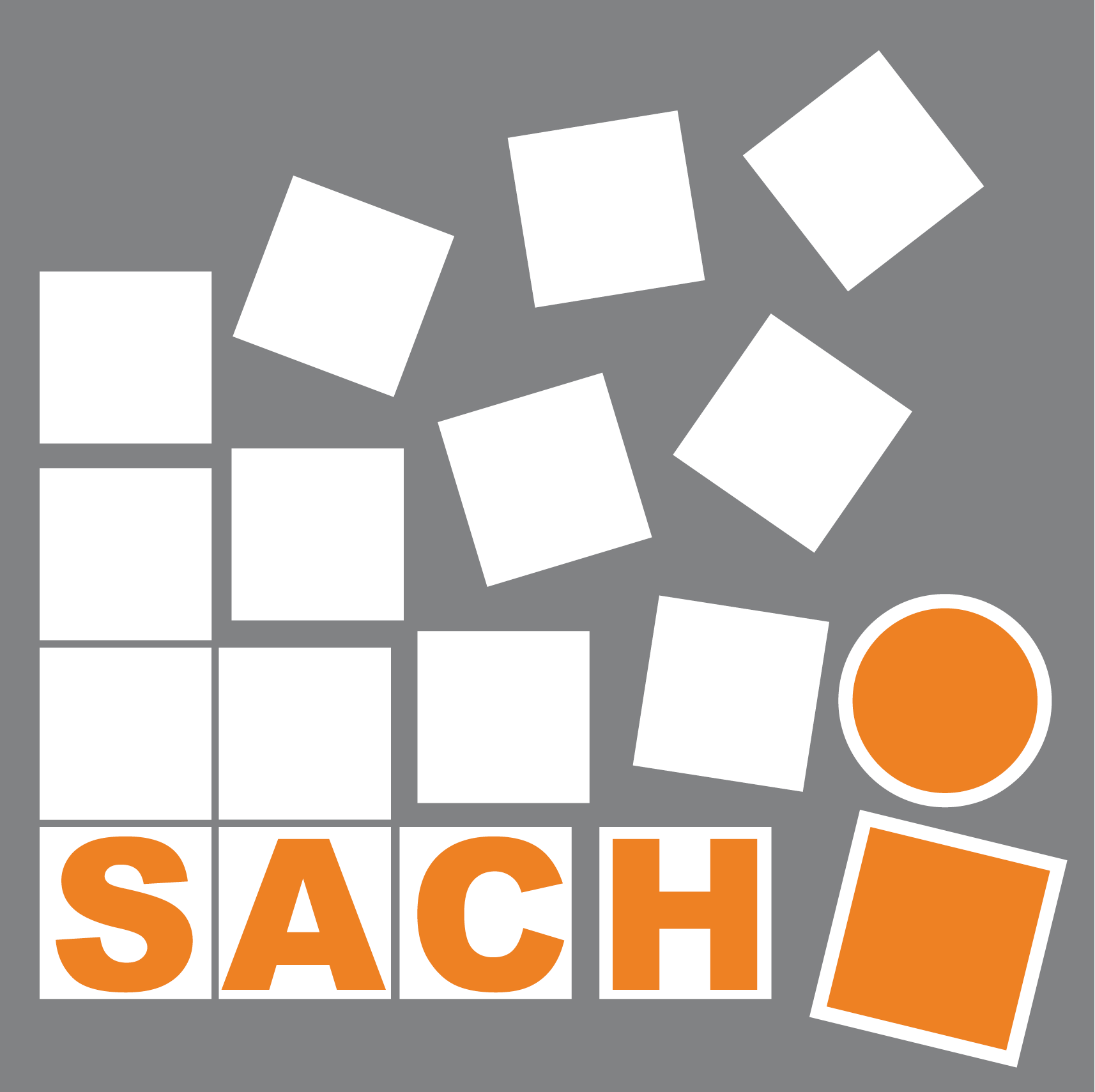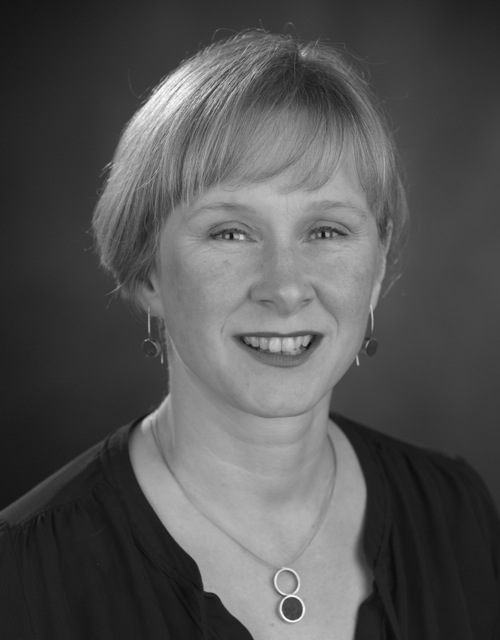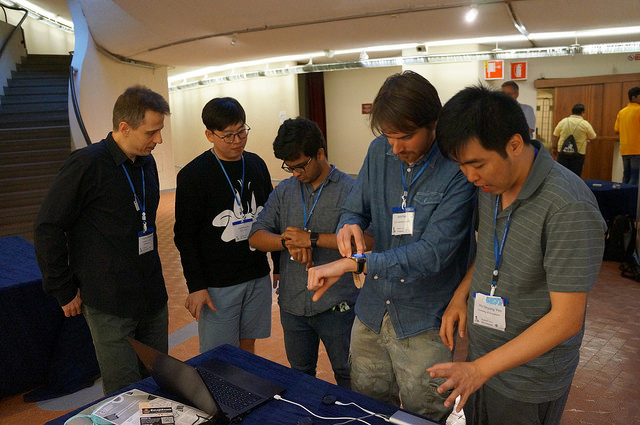
Title: The Collaborative Design of Tangible Interactions in Museums
Abstract: Interactive technology for cultural heritage has long been a subject of study for Human-Computer Interaction. Findings from a number of studies suggest that, however, technology can sometime distance visitors from heritage holdings rather than enabling people to establish deeper connections to what they see. Furthermore, the introduction of innovative interactive installations in museum is often seen as an interesting novelty but seldom leads to substantive change in how a museum approaches visitor engagement. This talk will discuss work on the EU project “meSch” (Material EncounterS with Digital Cultural Heritage) aimed at creating a do-it-yourself platform for cultural heritage professionals to design interactive tangible computing installations that bridge the gap between digital content and the materiality of museum objects and exhibits. The project has adopted a collaborative design approach throughout, involving cultural heritage professionals, designers, developers and social scientist. The talk will feature key examples of how collaboration unfolded and relevant lessons learned, particularly regarding the shared envisioning of tangible interaction concepts at a variety of heritage sites including archaeology and art museums, hands-on exploration centres and outdoor historical sites.
Biography: Dr. Luigina Ciolfi is Reader in Communication at Sheffield Hallam University. She holds a Laurea (Univ. of Siena, Italy) and a PhD (Univ. of Limerick, Ireland) in Human-Computer Interaction. Her research focuses on understanding and designing for human situated practices mediated by technology in both work and leisure settings, particularly focusing on participation and collaboration in design. She has worked on numerous international research projects on heritage technologies, nomadic work and interaction in public spaces. She is the author of over 80 peer-reviewed publications, has been an invited speaker in ten countries, and has advised on research policy around digital technologies and cultural heritage for several European countries. Dr. Ciolfi serves in a number of scientific committees for international conferences and journals, including ACM CHI, ACM CSCW, ACM GROUP, ECSCW, COOP and the CSCW Journal. She is a member of the EUSSET (The European Society for Socially Embedded Technologies) and of the ACM CSCW Steering Groups. Dr. Ciolfi is a senior member of the ACM. Full information on her work can be found at http://luiginaciolfi.com










